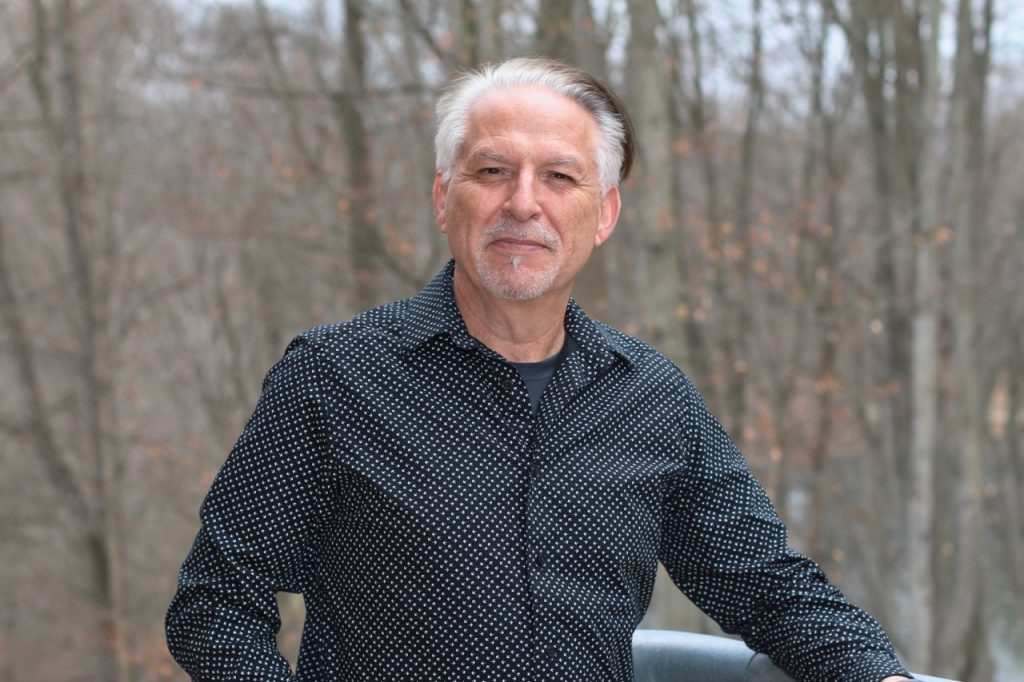How often do you feel happy during your workday? Or do you feel unfulfilled, burned out and exhausted?
Mihaly Csikzentmihalyi, a psychologist who has pioneered the scientific study of happiness, postulates that happiness doesn’t result from external events, such as being promoted or winning the lottery. Instead, it is a condition sparked by how we interpret external events. That’s good news because even though we can’t control much of what happens in life, if we can control our consciousness, we’ll have richer lives.
More good news, Csikzentmihalyi says people experience happiness most often when they are in a state of “optimal experience” or “flow.” In his 1990 book “Flow,” Csikzentmihalyi says this occurs when “a person’s body or mind is stretched to its limits in a voluntary effort to accomplish something difficult and worthwhile.” Key elements of flow include:
- Knowing you have the skills to achieve whatever project or activity you’re tackling.
- The activity is challenging.
- Being able to concentrate on you’re doing — this is a biggie.
- Having clear goals.
- Receiving feedback on how well you’re doing, such as seeing progress.
- Becoming so absorbed, you don’t worry about what others are thinking about you.
- Time feels altered, either speeding up or slowing down.

There are a lot of ways to get into flow. For some people it might be performing a physical challenge like rock-climbing. For others it might be playing an instrument or reading a difficult book. The point is, you derive so much enjoyment from whatever you’re doing that you repeat the activity.
Historically, the workplace has gotten a bum rap when it comes to enjoyable experiences. Yet Csikzentmihalyi’s studies show most people report having the greatest amount of optimal experiences when they are on the job. What’s more, Csikzentmihalyi says that flow theory can help change any worker’s experience — whether you’re in the C-suite or out on the production floor.
So how can leaders increase their ability to be in the flow as well as employees?
For starters, concentration is key. Getting into a flow state takes intention and attention.
I talk to so many people who are obsessed with time and see multi-tasking as their friend. Yet scientific studies show that multi-tasking hurts far more than it helps. When we multitask, it creates cognitive distortion, promotes pessimism and releases cortisol. Not only are you accomplishing less than you think you are, IQ levels will decrease if you’re trying to multitask while performing cognitive tasks.
To concentrate effectively, try to eliminate distractions — or, at least reduce them. For leaders, remember that an “open-door” policy doesn’t have to be literal. Certainly, you want to be approachable, but there are times you need to shut your door or even move off premises entirely if you need to really focus on a project.
The same goes for your employees. They need time and space to concentrate, depending on what they are trying to achieve. Is your work space designed so there is an optimal balance between encouraging interaction and providing privacy? You may want to create a “quiet room” where employees can go to reflect.
It’s also important to point out that achieving flow isn’t tied to silence. Some people concentrate best when they are in a space that’s bustling with activity. If you’re a marketing person, you might discover some really interesting trends by hanging out at a Starbucks or walking through busy city streets. It all depends on the task at hand. One person’s distraction can be another’s inspiration.
Some other suggestions for encouraging flow include:
Increase the level of challenge — Achieving optimal experience requires a balance of challenge and skills. Many people are bored or apathetic at work simply because they are not using their skills. To increase engagement, leaders can increase the level of challenge. Or they could help workers develop more skills so they can take on greater challenges. Granted, what is challenging depends on how a person perceives the situation. Csikzentmihalyi points out that some people have “autotelic personalities” and can achieve flow in almost any situation by tweaking their jobs. He points to a factory worker who constantly finds ways to be more efficient on the assembly line, turning what might seem like dull work into more of a game.
Be clear about goals — To achieve a state of flow, people must know what they’re trying to achieve and see progress toward their goal. With that in mind, leaders need to be crystal clear about what they want employees to achieve and ensure employees are receiving feedback. (This is why it’s so important to define and communicate your organization’s vision, mission and values. Employees need to know why the organization matters.)
Encourage flex time — I think it’s easier to get into a state of flow if we’re not bound by set hours. Some people hit their stride early in the morning, while others are more productive later in the day. If it’s possible, give employees options about when and where they work.
Establish rituals — Csikzentmihalyi points to surgical teams and how preparation rituals, such as the washing of hands and suiting up, can help them turn off everyday concerns and focus on the task at hand. Think about rituals you can adopt to move more quickly into the flow experience. For example, if you’re holding an important meeting, perhaps everyone makes a point of shutting down their cell phones at the same time and, even better, dropping them in a box until the meeting is adjourned. Or start every meeting by asking everyone to name someone on their team who has helped them in the past few days.
In a world where we’re bombarded by data and constant distractions, it’s never been more important to learn how to focus. Flow is all about being more optimistic, innovative and productive.
As a result, business owners will make better decisions and be more effective. And by understanding and encouraging flow, you can help your employees be happier and more engaged.
(Published May 24, 2017)
